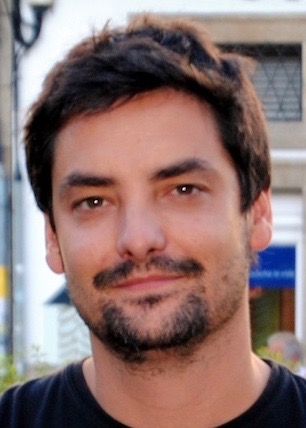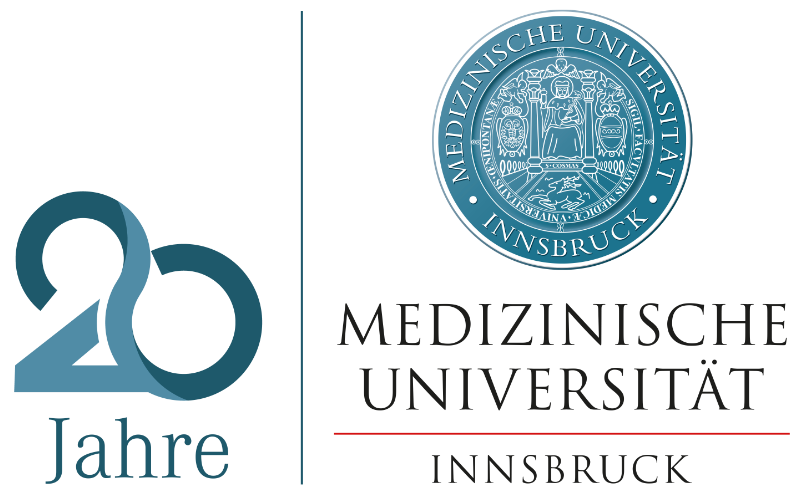Manuel S. López-Berges PhD., Postdoc
EMail: manuel.sanchez@i-med.ac.at
Phone: +43/(0)512/9003-70231
Fax: +43/(0)512-9003-73100
Short curriculum
| 2004 | Degree in Biochemistry, University of Granada (Spain) |
| 2005-2009 | Ph.D student of the FPI program (Spanish Ministry of Science), University of Córdoba (Spain) |
| 2007 | Master degree in Genetics, University of Córdoba (Spain) |
| 2010 | Ph.D. in Biochemistry, University of Córdoba (Spain) |
| 2010-2011 | Postdoctoral researcher of the Junta de Andalucía Excellence Program, University of Córdoba (Spain) |
| 2012-2014 | Postdoctoral researcher of the Juan de la Cierva Subprogram, Center of Biological Research (CSIC), Madrid (Spain) |
| 2015 | Postdoctoral researcher, University of Córdoba (Spain) |
| since 2016 | Postdoctoral researcher of the Lise Meitner Program (FWF), Innsbruck Medical University (Austria) |
Awards
2012 - Fleming Young Scientist Research Award (Spanish Society of Microbiology), Cádiz (Spain)
Research fields
Publications
-
Manuel S. López-Beges, Mario Pinar, Juan F. Abenza, Herbert N. Arst, Jr. and Miguel A. Peñalva (2016). The Aspergillus nidulans syntaxin PepAPep12 is regulated by two Sec1/Munc-18 proteins to mediate fusion events at early endosomes, late endosomes and vacuoles. Molecular Microbiology. 99:199-216.
-
Manuel S. López-Berges, Katja Schäfer, Concepción Hera and Antonio Di Pietro (2014). Combinatorial function of Velvet and AreA in transcriptional regulation of nitrate utilization and secondary metabolism. Fungal Genetics & Biology. 62:78-84.
-
Sixto M. Leal Jr., Sanhita Roy, Chairut Vareechon, Steven De Jesus Carrion, Heather Clark, Manuel S. López-Berges, Antonio Di Pietro, Marcus Schrettl, Nicola Beckman, Bernhard Redl, Hubertus Haas and Eric Pearlman (2013). Targeting iron acquisition blocks infection with the fungal pathogens Aspergillus fumigatus and Fusarium oxysporum. PLoS Pathogens. 9:e1003436.
-
Manuel S. López-Berges, David Turrà, Javier Capilla, Lukas Schafferer, Sandra Matthijs, Christoph Jöchl, Pierre Cornelis, Josep Guarro, Hubertus Haas and Antonio Di Pietro (2013). Iron competition in fungus-plant interactions: The battle takes place in the rhizosphere. Plant Signaling & Behavior. 8: e23012.
-
Manuel S. López-Berges, Concepción Hera, Michael Sulyok, Katja Schäfer, Javier Capilla, Josep Guarro and Antonio Di Pietro (2013). The velvet complex governs mycotoxin production and virulence of Fusarium oxysporum on plant and mammalian hosts. Molecular Microbiology. 87:49-65.
-
Manuel S. López-Berges, Javier Capilla, David Turrà, Lukas Schafferer, Sandra Matthijs, Christoph Jöchl, Pierre Cornelis, Josep Guarro, Hubertus Haas and Antonio Di Pietro (2012). HapX-Mediated Iron Homeostasis Is Essential for Rhizosphere Competence and Virulence of the Soilborne Pathogen Fusarium oxysporum. Plant Cell. 24:3805-3822.
-
Rafael-Carlos Prados Rosales, Raquel Roldan Rodriguez, Carolina Serena, Manuel S. López-Berges, Josep Guarro, Álvaro Martínez Del Pozo and Antonio Di Pietro (2012). A PR-1-like protein of Fusarium oxysporum functions in virulence on mammalian hosts. Journal of Biological Chemistry. 287:21970-21979.
-
Manuel S. López-Berges, Nicolas Rispail, Rafael Carlos Prados Rosales and Antonio Di Pietro (2010). A nitrogen response pathway regulates virulence in plant pathogenic fungi: Role of TOR and the bZIP protein MeaB. Plant Signaling & Behavior. 5:1613-1615.
-
Manuel S. López-Berges, Nicolas Rispail, Rafael Carlos Prados Rosales and Antonio Di Pietro (2010). A nitrogen response pathway regulates virulence functions in Fusarium oxysporum via the protein kinase TOR and the bZIP protein MeaB. Plant Cell. 22:2459-2475.
-
Manuel S. López-Berges, Antonio Di Pietro, Marie-Josée Daboussi, Hala Abdel Wahab, Christelle Vasnier, María Isabel González Roncero, Marie Dufresne and Concepción Hera (2009). Identification of virulence genes in Fusarium oxyspourm f. sp. lycopersici by large-scale transposon tagging. Molecular Plant Pathology. 10:95-107.




